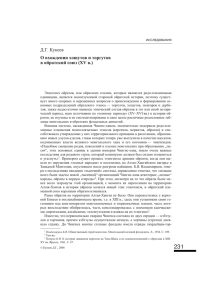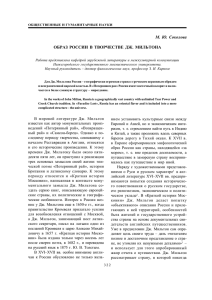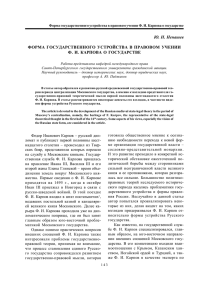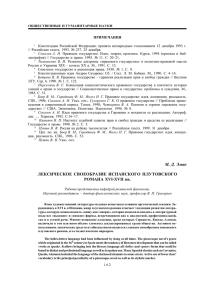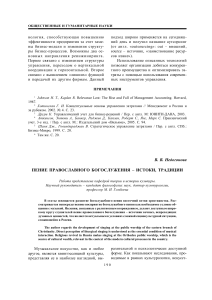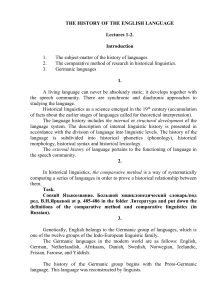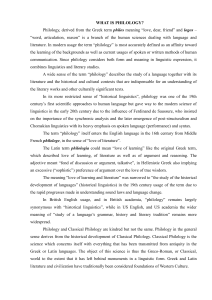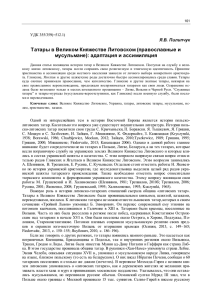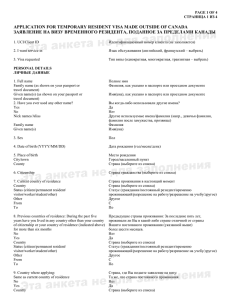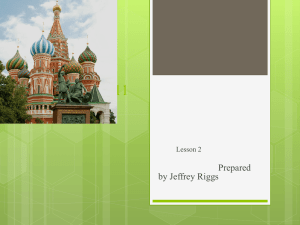. .: - , 2002.
реклама
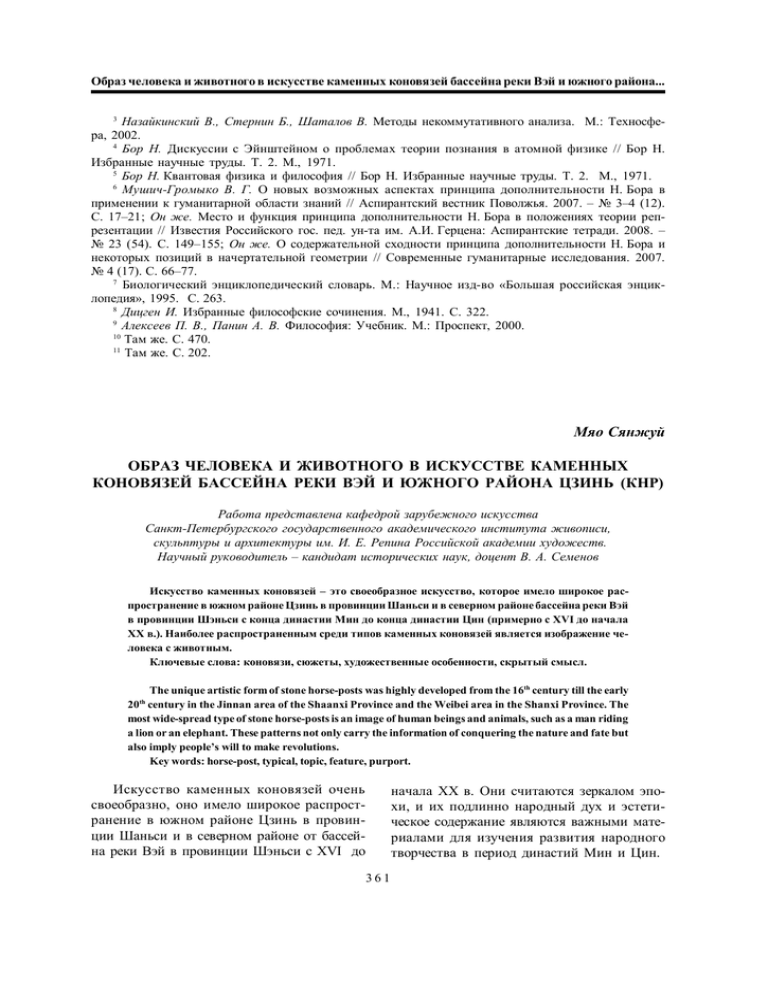
... 3 ., ., . . .: - , 2002. 4 . // . 5 . 2. . // 6 . . . ., 1971. . 3–4 (12). . 2008. – . . 2007. . 2007. – . . // 23 (54). . 2. . // . 17–21; . . 149–155; . ., 1971. . . . : . // 4 (17). . 66–77. 7 8 . », 1995. . 9 . . ., . . 470. . . 202. 10 11 .: « - . 263. . . : ., 1941. . .: . 322. , 2000. ( ) , . . . . – , – . . , ( XVI .). . : , , , . The unique artistic form of stone horse-posts was highly developed from the 16th century till the early 20th century in the Jinnan area of the Shaanxi Province and the Weibei area in the Shanxi Province. The most wide-spread type of stone horse-posts is an image of human beings and animals, such as a man riding a lion or an elephant. These patterns not only carry the information of conquering the nature and fate but also imply people’s will to make revolutions. Key words: horse-post, typical, topic, feature, purport. . , - - , XVI . 361 , – . - . , , . - , , , . , - : », , « . , , - , , ; . . - , . , ; , 3) . , , . . . . - , , . - . , , : . 1) , , , . . , , : , - , , . , , - , . ; 2) . , . , « »: , , . . - - . , , . , : , , « , . - », - , . . 362 - ... , , [1]. , - - , , , . - – , , , , - , . , ( . 1, 2, 3). . , , - , , , , - . , - , . - , , . . , - - , . , . , , , - . , , . - . , . , .1 .2 , .3 , , , . , , , - . . . [3]. , - , , . 363 - - . – [2]. , , , , , , . . - , , . , - , - , , , . - , , , - , . . - - . . « , », - » ( ), « » ( ), , , . : - , . , , , ( - . 4). , , - . , . . - . : . , . , . , , , , . - . , , - , . , , - . 4. 364 , « » , . , - , . . - , . 1 . . 1985. . 2 - . . 1988. . // - 5. // . 1999. 3 , 10. // - 3. . . « » – , . . . , . « » , - . : , ,« » , . As gender is not a casual characteristic of a person, its naming specification becomes important from the point of view of feminist linguistics. In this connection it raises doubts about generic reference attributed to masculine gender in German grammar. Key words: nomination of people, masculine gender, generic reference, feministic linguistics. , - , . « » , . . , , - ( 365 ) , -
